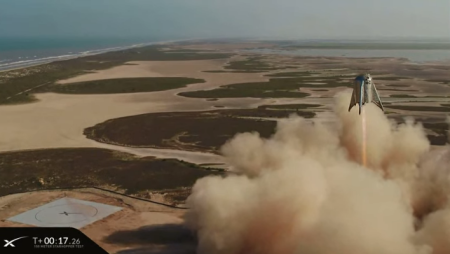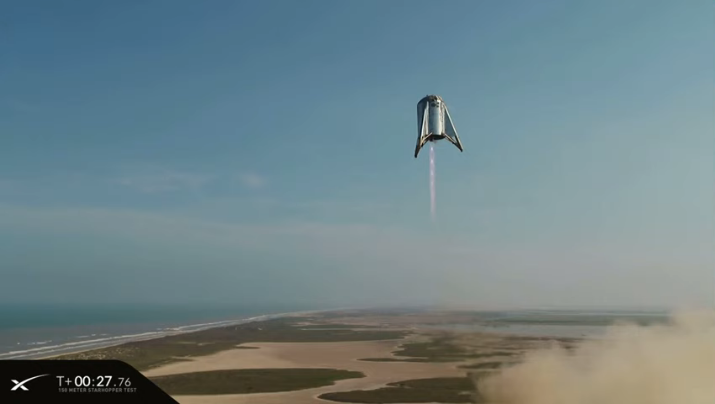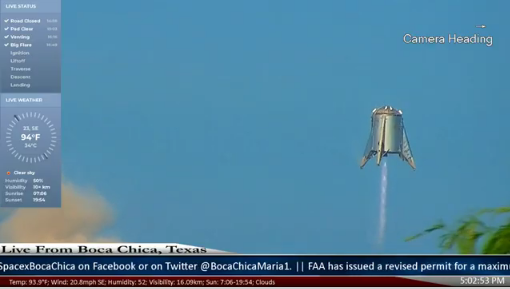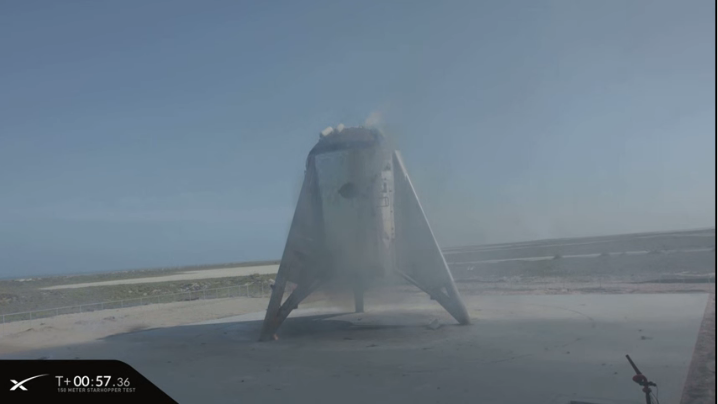Vector loses Air Force contract
Vector has withdrawn from an Air Force launch contract, allowing the military to reassign the contract to another new launch startup, Aevum.
The Agile Small Launch Operational Normalizer (ASLON)-45 space lift mission had been originally awarded to Vector Launch Aug. 7. But Vector formally withdrew Aug. 26 in the wake of financial difficulties that forced the company to suspend operations and halt development of its Vector-R small launch vehicle.
The Rocket Systems Launch Program — part of the Air Force Space and Missile Systems Center Launch Enterprise — used a Federal Acquisition Regulation “simplified acquisition procedure” to expedite another agreement with a different contractor, the Air Force said in a news release. Aevum’s contract is $1.5 million higher than the one that had been awarded to Vector.
The full scope of Vector’s problems still remain unclear. My industry sources tell me that there was absolutely no malfeasance at all behind the resignation of former CEO Jim Cantrell. From what I can gather, the problems appear to stem from issues of engineering with their rocket, combined with an investor pull-back due to those problems.
Either way, Vector is no longer among the leaders in the new smallsat launch industry, and in fact appears to be fading fast.
Vector has withdrawn from an Air Force launch contract, allowing the military to reassign the contract to another new launch startup, Aevum.
The Agile Small Launch Operational Normalizer (ASLON)-45 space lift mission had been originally awarded to Vector Launch Aug. 7. But Vector formally withdrew Aug. 26 in the wake of financial difficulties that forced the company to suspend operations and halt development of its Vector-R small launch vehicle.
The Rocket Systems Launch Program — part of the Air Force Space and Missile Systems Center Launch Enterprise — used a Federal Acquisition Regulation “simplified acquisition procedure” to expedite another agreement with a different contractor, the Air Force said in a news release. Aevum’s contract is $1.5 million higher than the one that had been awarded to Vector.
The full scope of Vector’s problems still remain unclear. My industry sources tell me that there was absolutely no malfeasance at all behind the resignation of former CEO Jim Cantrell. From what I can gather, the problems appear to stem from issues of engineering with their rocket, combined with an investor pull-back due to those problems.
Either way, Vector is no longer among the leaders in the new smallsat launch industry, and in fact appears to be fading fast.







